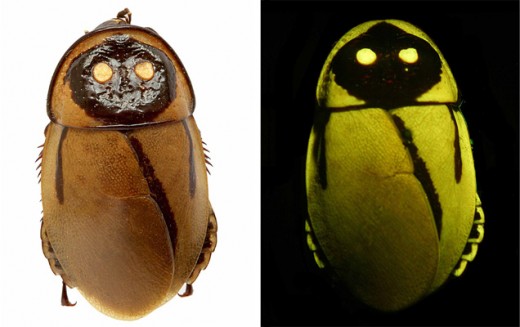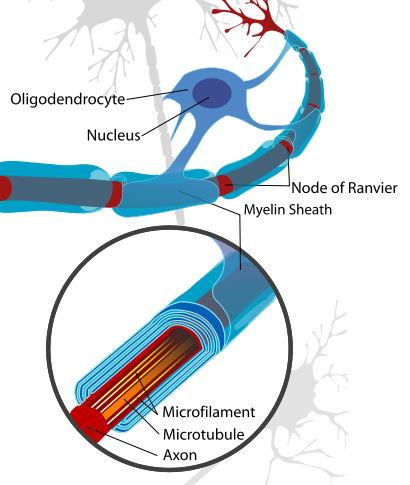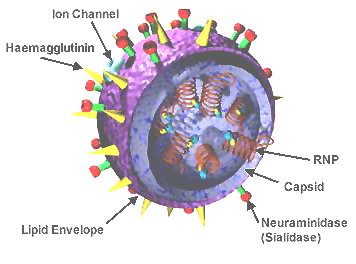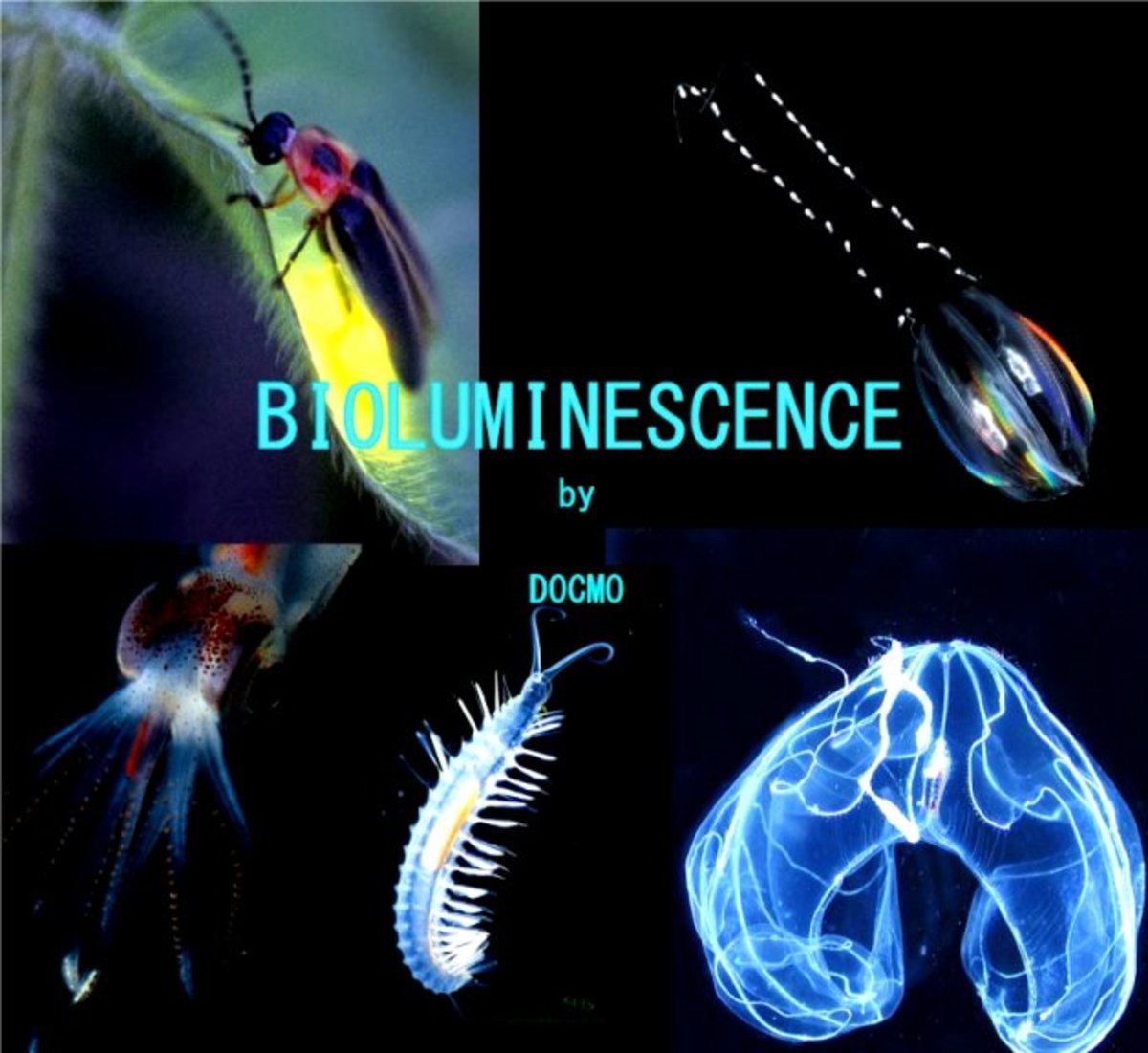2013 Science Year in Review

As December comes around each year I like to take a (separate) look back at my two favorite subjects for the past 12 months- pop culture and science. Here are some of the greatest hits for science in 2013. The year of science always provides a vast list of items to discuss. To narrow the field, slightly, I annually take a look back at three lists to help fuel my article- Wikipedia’s 2013 in Science, ASU’s Top Ten New Species of 2013, and Centerwatch’s list of newly FDA approved drugs for the year. From these lists- two of which are extensive in-and-of-themselves-I pull a couple topics, species, and new drugs to reflect on.
In line with previous years, Wikipedia’s 2013 in science contains scientific discovery in space, advances in technology, and important discoveries to unlock the mysteries of human diseases. Below are a few discoveries amongst 2013 expanded upon a bit.
Metastasis of cancer is a huge negative indicator for prognosis. Approximately 90% of cancer-related deaths are due to it.
Unfortunately cancer pathology is not all that foreign- both rapid growth and cell migration are things our bodies need to do at different points in our development. Cancer manifests when these conditions are set up at inappropriate times. One of the best examples of when these characteristics are appropriately timed is during early development of an organism. And thus looking to embryonic proteins that have been inappropriately switched back on in adulthood could be a huge key to the cancer pathology mystery. This year saw a great advancement in this line of research at the University of California, San Diego. Researchers led by Thomas Kipp were investigating Leukemia immunotherapy when they stumbled upon a protein targeted by this type of therapy. The protein is ROR1, Receptor-Tyrosine-Kinase-Like Orphan Receptor 1 with the physiological role in embryonic development. It is not expressed in normal adult organs but it was found in certain types of cancer. This group of cancers, found to express ROR1 in animal cell culture, was experimented on and when ROR1 was targeted for inhibition this lead to the prevention of cancer metastasis. This avenue of drug targeting could provide an eventually pharmaceutical for advanced cancer, but of course this is in the earliest of stages right now.
MS is an autoimmune disease, where one’s immune system wrongfully attacks myelin, the insulation around nerve cells in the spinal cord, brain, and optic nerve. This attack results in poor nerve conduction and can lead to paralysis and blindness.

Phase I clinical research was completed in June in Chicago, led by researchers at the Microbiology-Immunology Department at Northwestern University, on a novel way to stop Multiple Sclerosis (MS) in its tracks. This immune based therapy bombards the patient with their own engineered white blood cells (WBCs), coupled to myelin antigens. These researchers, led by Stephen Miller and in collaboration with The University Hospital Zurich and the University Medical Center Hamburg-Eppendorf, are attempting to reset the immune system by introducing enough myelin antigen to re-train the immune system into thinking myelin should not be targeted for destruction. This phase I trial was done in a small number of patients to initially confirm the safety & efficacy of the procedure. A further collaboration with a pharmaceutical company (Cour Pharmaceutical Development Company) is underway to use nanodevices to deliver the antigens, a more cost effective method compared to using the patient’s own WBCs. Phase II has already been approved.
On the renewable energy front, let’s turn to the topic of biofuels. Researchers at the University of Exeter have painstakingly looked through the catalog of living organisms to try and find one that would make the same molecules that give the non-renewable fossil fuels their energy: alkanes (which are saturated hydrocarbons). When this search ended empty-handed these researchers decided to genetically engineer an organism that could do this work, and settled upon the oft-used genetic model organism- E.coli. They isolated 10 genes that are involved in fat production and changed them from converting sugar to fat, like they normally do, to turning the sugar into an alkane biofuel. This approach is intended to come up with a biofuel additive that has the same quality as the fossil fuels. Right now this research is still in the preliminary phases since the trouble with using these synthetic analogues is the yield produced is very low. The main researcher John Love estimates there is still about 10 years of work to be done to get this engineered E.coli to commercial production levels of high quality biofuels.
Next up is the International Institute of Species Exploration’s (at Arizona State University) list of the top ten species of the year, a fun but also educational list that is selected by a group of taxonomists from a much larger list of submitted nominees. This list is educational because it puts the spotlight on this institute’s work which is at a critical time as explained by the director, Quentin Wheeler. According to Wheeler we have classified about 2 million of the estimated 10-12 million species out there (not including microbial organisms) but there is a time limit on discovery since many species will become endangered or even extinct before we learn of their existence. The institute is calling for an all hands on deck approach to increase the number of species found in the coming years. One species on the list this year proves this point well as it is believed to be extinct now. One single specimen of this particular cockroach, Lucihormetica luckae, was found embedded in volcano eruption aftermath in Ecuador. Ok I know what you are thinking- who cares if we weren’t able to discovery one particular type of cockroach before it died out? But other species are constantly the source for biotechnology applications as well as discovering the mysteries behind disease pathology in humans by associated pathways studied in these lower organisms. As is the case of the rare category this cockroach belonged in-bioluminescence organisms. This rare group of insects gives off luminescent making them glow in the dark essentially. Other than looking really cool, the proteins responsible have been used for countless biotechnology applications and thus as a discovery nut I understand the plight of these researchers , even if my standpoint is how can identifying these species benefit the human race (typical self-centered human over here!).

Two other selections from this year’s top ten include a fungi causing damage to ancient art and the world’s smallest vertebra. Ochroconis lascauxensis, along with another closely related species, is staining the walls of Lascaux cave in France, home to rock art of the Upper Paleolithic era. Ochroconis was found to be in every area of the Lascaux cave and action has been taken to rid the caves of this fungi. A combination treatment of biocides was used which was successful in killing off about half of the fungi, but unfortunately there was a secondary infestation of various fungi taking the place of the Ochroconis fungi that was killed off. Meanwhile Paedophryne amanuensis, is now the record holder for smallest vertebra, a frog found in moist environments in Papua, New Guinea, at an average (between the male and female frogs) of 7.7 millimeters. The record previously belonged to a fish with an average length of 7.9 millimeters.

Major Groups of Juvenile Idiopathic Arthritis
Name
| Classification
|
|---|---|
Oligoarticular
| 4 or fewer joints invovled
|
Polyarticular AKA Rheumatoid Factor Positive
| 5 or more joints involved
|
Systemic
| One or more joint affect, associated with fever. May also involve enlarged lymph nodes, spleen, or liver and/or rash as well.
|
Let’s now turn our attention to some newly FDA-approved drugs to round out this year in review. One thing that immediately jumped out to me on perusal of the Centerwatch list is several treatments for Juvenile Idiopathic Arthritis (JIA). Specifically Actemra (Ocilizumab from Genetech) was approved for the use in children two years and older with Polyarticular JIA while Ilaris (Canakinumab from Novartis) was approved for use in treating Systemic JIA. There are three major categories of JIA (see table to the right). JIA is an autoimmune disease where the immune system attacks the joints and thus immunosuppression therapy is used as treatment. Both of these newly approved treatments for two different forms of JIA are monoclonal antibodies. Actemra is an antibody against the cytokine Interleukin-6 receptor, that has a role in immune response . Prior to this year, the drug was already approved for Systemic JAI and the (adult) rheumatoid arthritis. Somewhat similar is Ilaris, which targets interleukin-1-beta, involved in inflammation, and was already approved for a different autoimmune disease (CAPS) prior to this year’s approved use for Systemic JIA.
To continue the brief discussion of Breast Cancer subtype drugs from last year’s year in review, this year saw the approval of a drug specifically for HER-2 Positive Metastatic Cancer- Kadcyla (ado-trastuzeumab emtansine from Genetech). This is a combination drug that includes both a monoclonal antibody that targets the HER-2 receptor, which is over-expressed on the surface of cancer cells and confers the ability to grow exponentially, and a chemotherapy agent. This combination specifically targets cancer cells for the chemotherapy, although some non-cancer cells are unintentionally targeted since normal cells can also express HER-2 at lower levels than cancer cells). However this specificity approach allows for less healthy cells to be destroyed by the chemotherapy and thus will reduce side effects compared to traditional chemotherapy.

The last drug is a novel flu vaccine, Flublok, made by a Connecticut based company called Protein Sciences Corp. This flu vaccine stands out from the rest for a number of reasons- it does not contain any live influenza or egg. Instead it is made up of recombinant hemagglutinin, a major surface protein of the flu virus, made up in an insect virus expression system. Now this vaccine is cool for a number of reasons, for one people with egg allergy can take it, perhaps even more important than that it can be quickly made unlike the other approved flu vaccines that relieve on both live strains of influenza and chicken eggs for production. This is key if there is a pandemic and/or a vaccine shortage for a given year. Another great thing about this vaccine is although it is specifically targeted to Subtype A H1N1 and H3N2, along with one Subtype B strain it was found to be 44.6% effective against ALL circulating flu strains in a study done this year. This is exactly the direction novel flu vaccines need to go in- quick production time and universal vaccination. A small amount of the vaccine was made available this year, with plans to make more available for next year's flu season. Hopefully more vaccines utilizing this technology will be approved in the future.
So there we have it- a brief look into a number of scientific discoveries this year, as always only scratching the surface as to all the things accomplished in the world of science in the year 2013. Happy New Year!








